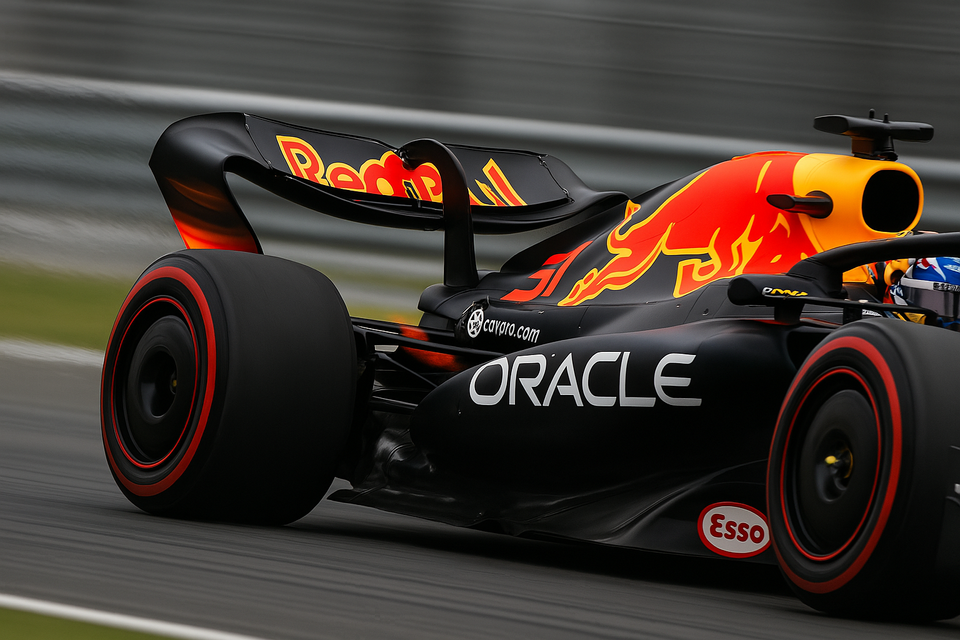The FIA's Ongoing Battle with Flexi-Wings: More Drama Ahead in 2025

Hold onto your helmets, folks, because the flexi-wing saga in Formula 1 is far from over! Just when you thought this controversy would spin off into the sunset, the FIA has pulled its horsepower back and announced stricter rules to keep teams on their toes.
As teams continue to exploit the rules around aerodynamics—specifically the rear wing flexing—a wave of concern has swept through the paddock. The governing body has ramped up its rear wing deflection tests, spurred on by complaints and some eyebrow-raising performances in previous races. If you think you saw it all with McLaren's mini-DRS drama in Baku last year, just wait!
After observing that static tests weren’t quite cutting it, FIA’s Single-Seater head honcho, Nikolas Tombazis, announced during the Chinese Grand Prix that they had decided to impose more stringent measures. "We thought we had done enough, but after analyzing the Bahrain test results, we realized we had to tighten things up a notch or two," Tombazis said. "Nobody wants a situation where teams are flexing wings in ways that are effective but fundamentally against the spirit of the regulations." Having put cameras on the cars to monitor rear wing behavior, the FIA detected some teams were indeed going too far—pushing the limits of legal deflection like a kid on a sugar high at a birthday party.
The FIA isn't just stopping at rear wings; stricter front wing tests are set to debut at the Spanish Grand Prix later this season. Tombazis justified the delay, stating that teams shouldn't be forced to scrap their winter-time designs mid-season. Flexibility in these frameworks ensures no one gets left out at the party—after all, who wouldn’t want to keep their cake and eat it too?
As we gear up for Barcelona, the pressure is mounting, and frustration has crept in among teams that felt a stricter clampdown from the start could have leveled the playing field. Tombazis acknowledged the challenge: "It's incredibly tricky to cut the cake so everyone gets the same slice!" While no team is outright weeping for the punishment, it’s evident that F1's relationships are teetering on the edge.
With whispers of hidden tricks and non-linear deflection still lingering, the FIA is not ruling out further modifications to the wing regulations if they deem it necessary. Expect the tension to rise as teams scramble to figure out just how much flexibility they can afford—both in their designs and their ethics.
In the end, one thing remains clear; if you thought this flexi-wing drama was wrapping up, buckle up—there’s plenty more on the horizon. As always in Formula 1, if there’s an avenue to be exploited, teams will find a way to squeeze through it. And fans? Well, consider this another thrilling chapter in the ever-evolving narrative of modern motorsport—a soap opera with more horsepower!